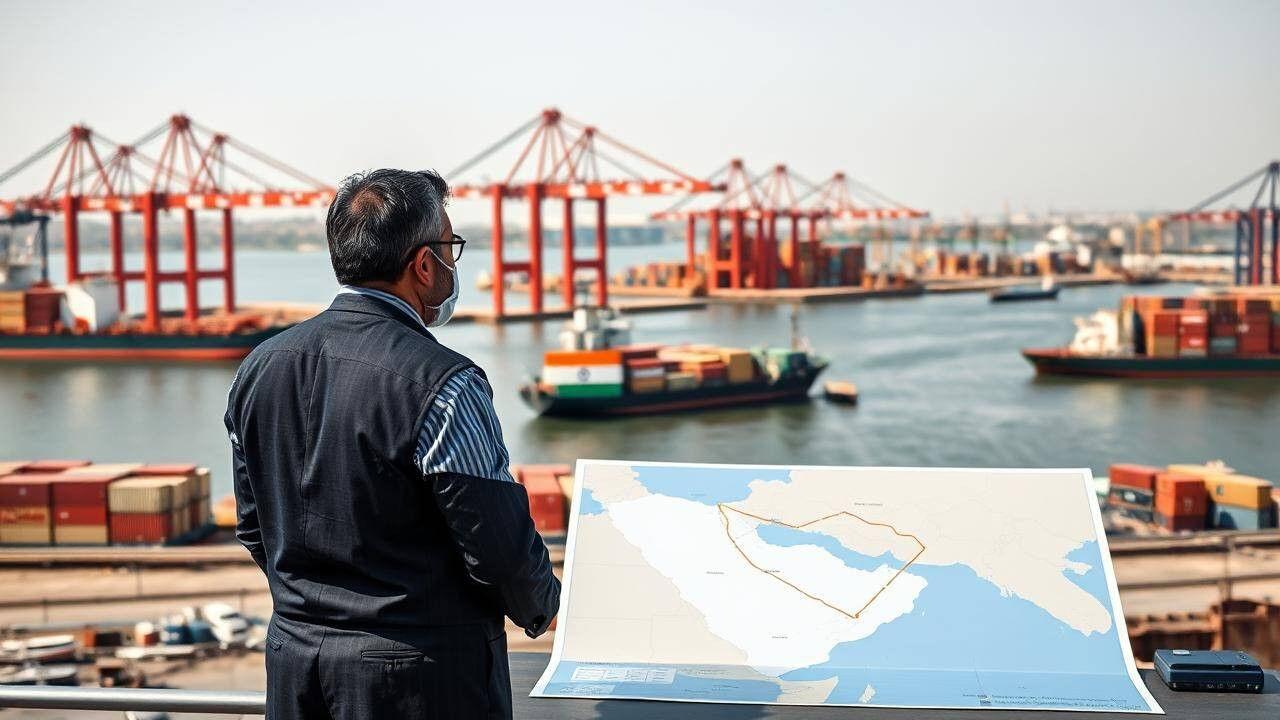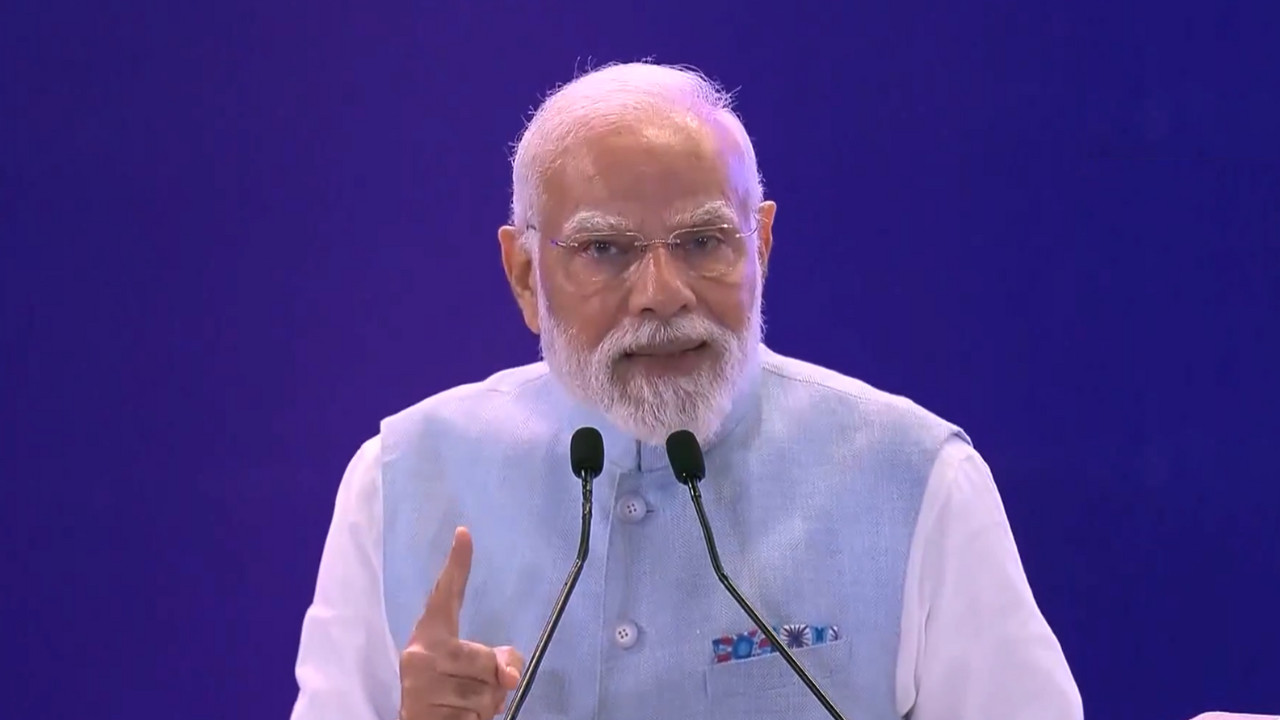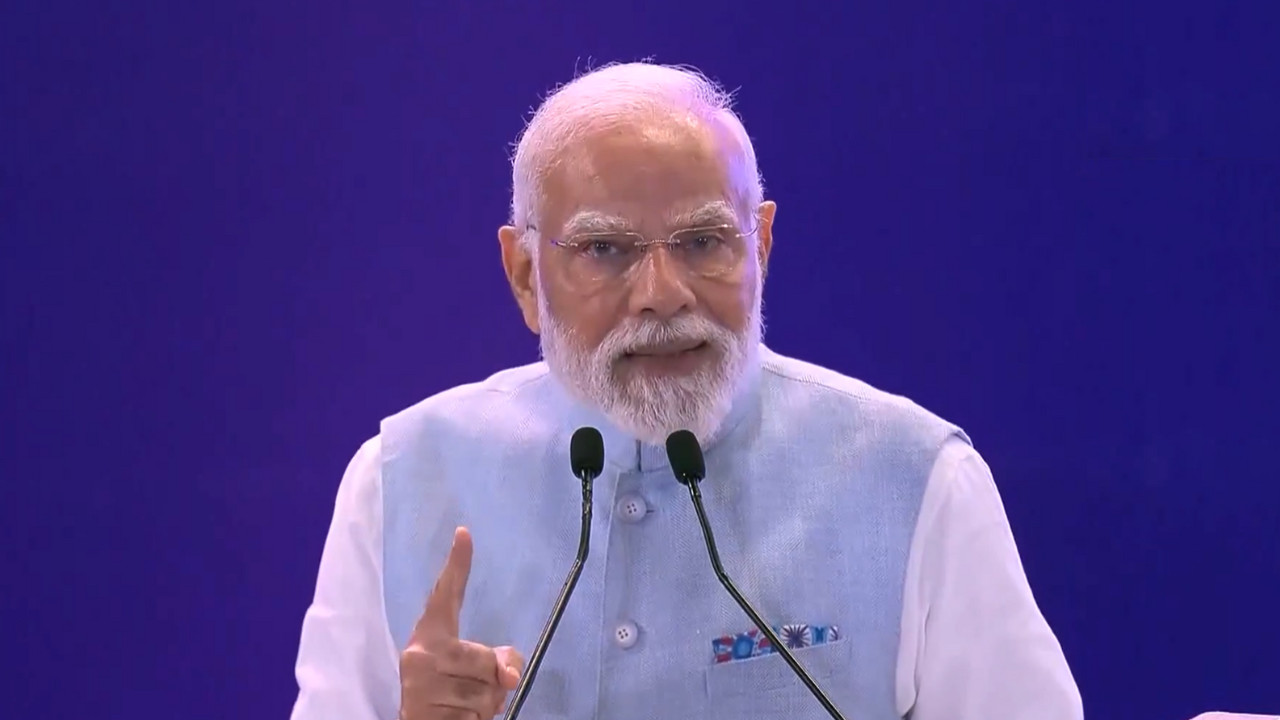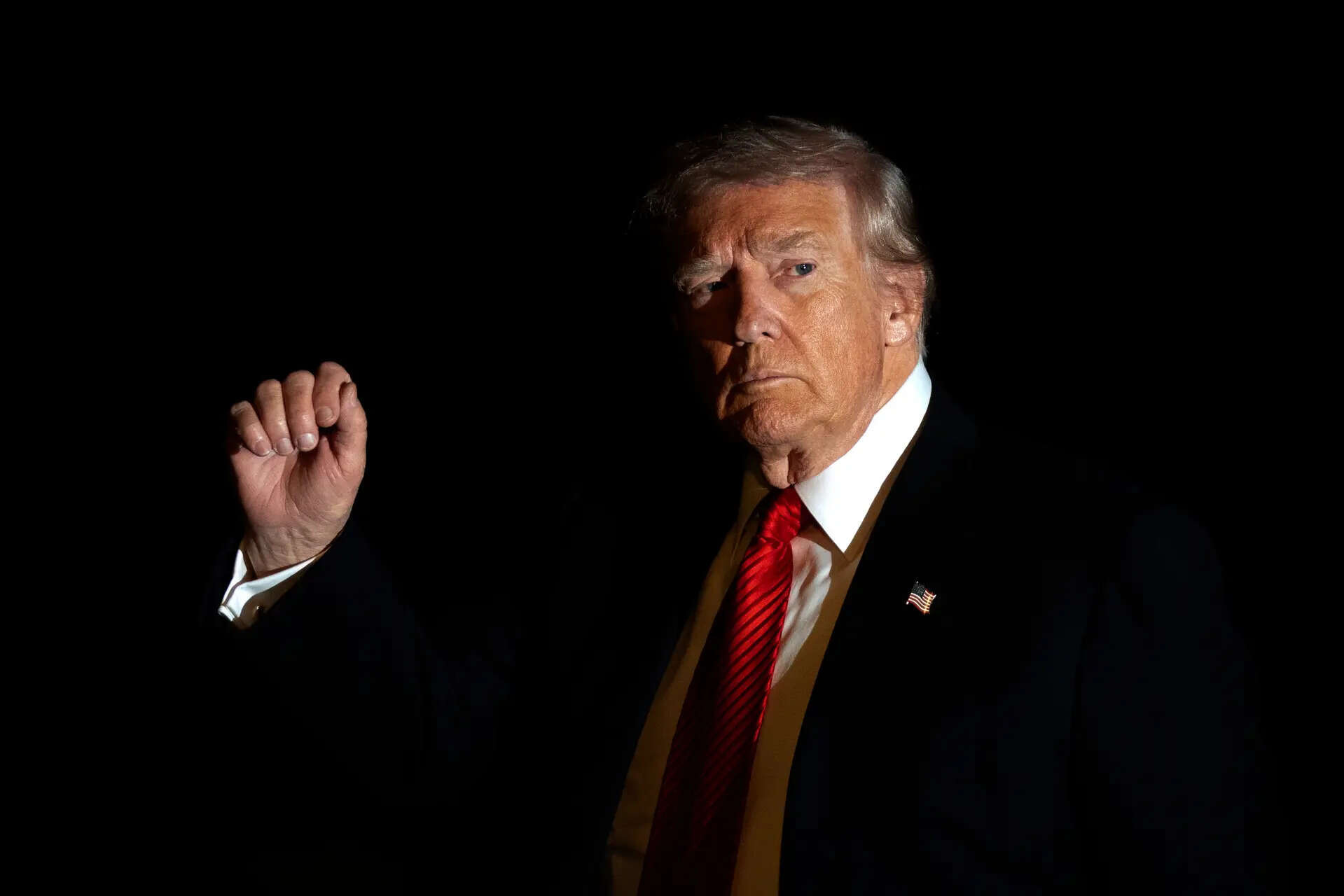Amidst the escalating Iran-Israel conflict, Indian exporters are considering shifting cargo operations from Iran’s Bandar Abbas port to the India-managed Chabahar port. This shift aims to mitigate potential disruptions to trade with Afghanistan, Central Asia, and Russia.
Navigating Murky Waters: Could Chabahar Port Be India’s Trade Lifeline Amidst Middle East Tensions?
The air hangs thick with uncertainty, doesn’t it? The recent escalations between Iran and Israel have thrown a long, unnerving shadow across global trade routes. Suddenly, the familiar pathways that goods travel – the arteries of our interconnected world – feel a little more fragile. And for India, a nation deeply reliant on those routes, this instability demands a nimble and proactive response.
While news headlines are screaming about missiles and geopolitical maneuvering, the unsung heroes of Indian trade are quietly but urgently strategizing. The focus? A dusty port city in Iran called Chabahar.
For years, Chabahar has been simmering as a potential game-changer for India’s trade ambitions, a strategically vital doorway to Afghanistan and Central Asia, bypassing the ever-present challenges of Pakistani transit. Now, with the Red Sea increasingly turbulent and the Strait of Hormuz potentially vulnerable, Chabahar isn’t just an option anymore; it’s rapidly becoming a necessity.
Think of it this way: India’s trade with Russia, a relationship that’s only deepened in recent times, relies heavily on routes that snake through potentially volatile regions. Similarly, our access to the resource-rich markets of Central Asia – think energy, minerals, and burgeoning consumer bases – could be severely hampered if the current unrest intensifies.
The traditional routes, the ones we’ve taken for granted, are facing a serious stress test. Imagine the ripple effect: delayed shipments, skyrocketing insurance premiums, and ultimately, higher prices for consumers. No one wants that.
So, what’s so special about Chabahar? Located on Iran’s southeastern coast, outside the Persian Gulf, it offers India a direct sea route to Iran and onward connectivity to Afghanistan and Central Asia via a network of roads and railways. Crucially, it’s a route that bypasses Pakistan, a persistent geopolitical hurdle for Indian trade.
But Chabahar is more than just a bypass. It’s a carefully cultivated strategic asset. India has invested heavily in the port’s development, recognizing its potential to unlock access to new markets and strengthen regional ties. Think of it as laying the groundwork for a new Silk Road, one that empowers India as a key player.
The situation unfolding in the Middle East has understandably lit a fire under Indian exporters. They’re pushing for expedited improvements and upgrades to Chabahar, demanding streamlined customs procedures, and lobbying for increased investment in the port’s infrastructure. The message is clear: we need to make Chabahar fully operational, and we need to do it now.
However, transitioning trade routes isn’t like flipping a switch. There are real-world challenges to overcome. Chabahar, while promising, still lacks the full capacity and efficiency of established ports. Investment in infrastructure, from cranes and warehouses to efficient logistics networks, needs to be accelerated.
Then there’s the issue of international relations. While Chabahar is exempt from US sanctions on Iran, navigating the complexities of international trade in a politically charged environment requires careful diplomacy and meticulous planning.
Despite these challenges, the momentum is undeniable. The urgency of the situation is forcing a re-evaluation of priorities and pushing stakeholders to collaborate in new and innovative ways. The Indian government, port authorities, and exporters are all working together to iron out the kinks and ensure a smooth transition.
What this situation ultimately highlights is the crucial need for diversified trade routes. Relying on a single, vulnerable pathway is a risky proposition in an increasingly unpredictable world. Chabahar offers a vital alternative, a hedge against geopolitical volatility, and a potential catalyst for regional economic growth.
The next few months will be critical. The speed and efficiency with which India can adapt and operationalize Chabahar will determine its ability to weather the current storm and maintain its position as a key player in global trade. It’s a complex situation, certainly, but also an opportunity to showcase India’s resilience, adaptability, and strategic foresight. And that, I think, is something to watch closely.







